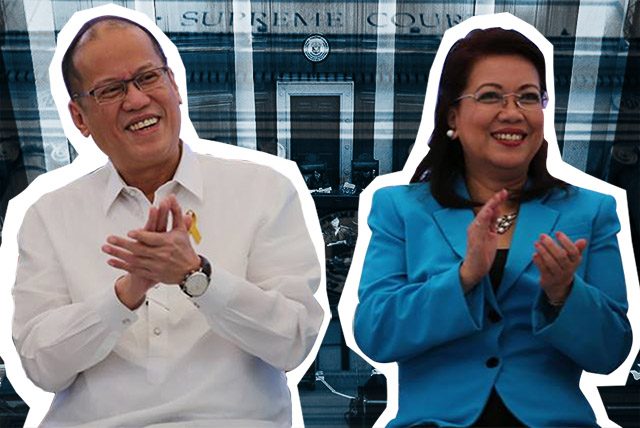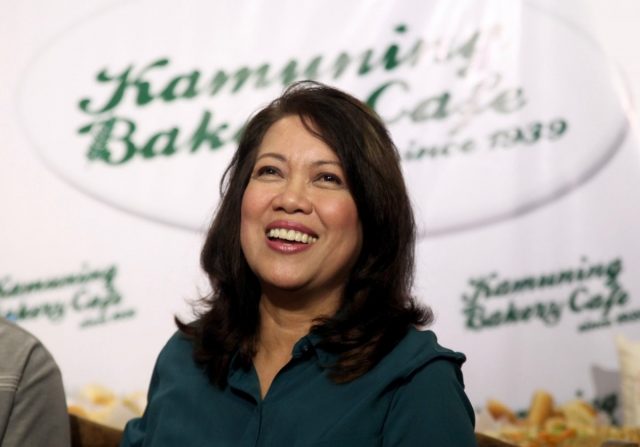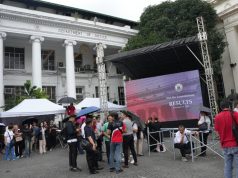
It was not among the issues raised when the legality of the appointment of now-ousted Chief Justice Maria Lourdes Sereno was challenged, but her installation was already controversial from the outset in 2012.
The controversy, however, was initially not a legal question. In a popular Facebook post, lawyer Agnes Maranan recalled how uneasy she felt when former President Benigno Aquino III appointed Sereno as the country’s 24th top magistrate because it broke much respected traditions.
“The rule? You do not appoint the most junior Justice to the highest post on the Court. It was an insult to the senior members of the Court, and repugnant to practitioners,” Maranan said.
The youngest among the justices, the 56-year-old Sereno is the first woman to head the judiciary and supposed to be the longest to serve until she retires at 70. Sereno replaced late Chief Justice Renato Corona, the first impeached magistrate in Philippine history.
While Sereno’s appointment did not sit well for lawyers’ sensibilities, the reasonable thing to do was to “bite the bullet and live with it, and hope for the best.”
A pleasant surprise
But for Maranan and fellow lawyers, the performance of Sereno—at least for outsiders looking in—were eventually seen as a surprise as she was a junior magistrate who was prematurely promoted.
“Her decisions are thoroughly researched; well written. her division has a high (possibly highest) monthly case disposition rate, and not minute resolutions but decisions on the merits,” Maranan wrote.
“In becoming the chief justice as she defined that post to be, she erased the embarrassment of Aquino’s arrogant disregard for judicial tradition,” she added.
On May 11, Sereno was ousted by the high court via a majority vote of 8-6 in favor of the quo warranto petition, a Rules of Court action filed by Solicitor General Jose Calida to void the appointment.
RELATED: As justices remove their chief: The ‘crisis’ in constitutional crisis
Bird’s-eye view: How Sereno did
While the ousted magistrate ruffled not just a few feathers lawyer within the court, some lawyers saw reforms she implemented as head of the judicial branch.
“Under her leadership, every courtroom has a computer and printer, and open court orders are dictated immediately after a hearing, with all lawyers able (and required) to get their copies of the orders within minutes after your hearing ends,” Maranan said in the May 12 post.

Sereno also supposedly enforced stricter rules on pre-trial, judicial affidavits and morning and afternoon hearings.
Maranan noted the initial struggle of some judges and lawyers when the rules were first implemented, but then became “at ease” through time.
“And while practitioners moaned and groaned at no longer being able to litigate at a more relaxed pace, for the litigants themselves? What a relief for them to see their cases move swiftly,” she said.
On the ouster, Maranan described the justices who voted in favor of the petition as “the profession’s jokes and clowns,” since many lawyers disagreed with the Supreme Court majority’s decision.
Abolishing the corruption-tainted Priority Development Assistance Fund or pork barrel and declaring the unconstitutionality of Aquino’s Disbursement Acceleration Program were among court’s notable decisions under Sereno.
Related story:
How Supreme Court justices voted in major cases under Duterte administration









